Oshougatsu Part 1: How to Prepare for New Year’s Day
新年あけましておめでとうございます。
Shinnen akemashite omedetou gozaimasu!
(Belated) Happy New Year!
2021 has already begun, but in case you missed any New Year’s prep and want to be better prepared for next year, or if you are simply curious about what goes on behind the scenes of Oshougatsu, keep reading.
What Do You Do Before New Year’s?
On December 13, “Matsu Mukae” 松迎え, you can officially start your “Oshougatsu” お正月 preparations. It is best to finish by December 28, because December 29 (“ni jyu ku” 二重苦) has a homophone meaning "suffering," and December 31 is New Year’s Day according to the old lunar calendar, which is too late. The latter half of December, called “kure” 暮れ or “toshi no kure” 年の暮れ, is busy for everyone, but don’t worry. You don’t have to do everything. Here is a list of the major Oshougatsu to-do’s you can pick from, and ways to make them more doable in the West.
“Ousouji” 大掃除
The Big Clean (December 13-28)
“Oshougatsu Kazari” お正月飾りHanging New
Year’s Decorations (December 13-28)
The three traditional New Year’s decorations are “shimekazari” しめ飾り “kadomatsu,” 門松 and ”kagami mochi” 鏡餅. Even if you can't find fresh pine, bamboo, and plum blossoms, collectively called "shou-chiku-bai" 松竹梅, any seasonal flowers and simple craft materials will do!
(Kadomatsu)
In the West, especially in the city, not
everyone has a gate to display two large kadomatsu in front of. Why not try making
miniatures for your mantelpiece?
Mini Kadomatsu Tutorial: https://www.youtube.com/watch?v=F2W53-wuxMs
Basic Kadomatsu Tutorial: https://trashmagination.com/kadomatsu-from-recycled-materials/
(Shimenawa)
With a little creativity and a trip to Home Depot, Hobby Lobby, or any local craft supply shop, you can make your own unique shimenawa wreath for your door.
Shimenawa With Handmade Wreath (Japanese
only): https://limia.jp/idea/258655/
Shimenawa Style Ideas: https://lovegreen.net/lifestyle-interior/p193837/
(Kagami Mochi)
It may be hard to find mochi of the right size and shape for kagami mochi, but you can use mochiko 餅粉(glutinous rice flour) to make it yourself!
Homemade Recipe (English video): How to make Kagami Mochi in 20 Minutes
(If you can’t find mochiko, why not stack two round daifuku mochi filled with azuki beans for a sweet version?)
“Nenga-jou” 年賀状 New Year’s Postcards
Sometimes Christmas comes and goes without a chance to write a Christmas card, especially to those we’ve lost regular touch with. How about writing a New Year’s nenga-jo to that friend or teacher who you miss talking to? Be sure it arrives in time for New Year’s Day!
“Toshi Koshi Soba” 年越しそば Year
Spanning Noodles
You can eat toshi koshi soba at any time on
December 31 to represent the crossover from one year to the next. The long,
thin noodles also symbolize breaking ties with the old things of the past. If
you can’t find soba by December 31, you can substitute with glass noodles.
Veggie Broth Soba Recipe: https://diethood.com/easy-soba-noodle-soup-recipe/
Soup-less Soba Recipe: https://cookieandkate.com/veggie-sesame-noodles-recipe/
“Osechi Ryouri” おせち料理 New Year’s
Cuisine
(Check the end of this post for menu ideas and recipes!)
Kouhaku Uta Gassen 紅白歌合戦 (Streamed
December 31)
Otoshi-dama お年玉 New Year’s
Money
“Jouya no Kane” 除夜の鐘
New Year’s Eve Bell
According to Buddhist belief, humans are plagued with 108 excessive desires. The tolling of the temple bell On New Year’s Eve is believed to help people forget those desires and move into the New Year unhindered. In the West, we sit up to listen to the sound of firecrackers rather than a solemn bell. Before the noisy celebrations begin, let’s forget about the things we want and instead write a list of things we are thankful for!
That's it! Which of these traditions did you
follow this year, and what do you want to try next year? Let us know in the
comments! Don't forget to check out our osechi menu below, and be sure to come back for more Oshougatsu tips in our next post!
Wa-West Osechi Menu
(Osechi dish): (Western version) (symbolism)
Datemaki: Omelet or Crepes
(roll it like a scroll to symbolize scholarship)
The Flavor
Bender: Classic French Crepes
Kuri-kinton: Mashed golden potatoes (gold color represents wealth)
Simply
Recipes: Perfect Mashed Potatoes
Kamaboko: Imitation crab
meat (red and white are celebratory colors)
Just
One Cookbook: Japanese Kani Salad
Kobu-maki: spring rolls (kobu, or kelp, bears the meaning of “happiness,” but even without
kobu, your spring roll can bring you a smile!)
Chopstick
Chronicles: Japanese Rice Paper Rolls
Kazunoko: Boiled or
deviled eggs (let a hen egg represent fertility instead of fish eggs)
Inspired Taste:
How to Make Perfect Devilled Eggs
Ebi: shrimp (their shape is like an old person's bent back, signifying longevity)
Just One
Cookbook shrimp recipes
Kuromame: black bean brownies (beans
health and strength)
Chocolate
Covered Katie No Flour Black Bean Brownies
Tatsukuri: fresh sardines (if you can’t procure dried baby sardines to represent bounty, try cooking them fresh)
Jamie Oliver sardine
recipes
Renkon: water chestnut or
radish (lotus root symbolizes a clear future because of its holey appearance,
but water chestnuts may be easier to find, and their crispiness may give you clarity of mind!)
Taste of Home water chestnut recipes
VeggieKins: Easy Sauteed Lotus Root
Tai: turkey, ham,
steak (tai, or sea bream, are associated with celebrations in Japan. What meat do you associate with family gatherings and happy events?)
Spend With
Pennies: Baked Ham with Brown Sugar Glaze
Tastes
Better From Scratch: Easy, No-Fuss Thanksgiving Turkey
Standard Market: How to Cook the Perfect Steak
(Thanks Savvy Tokyo for an excellent article about osechi and its hidden meanings!)
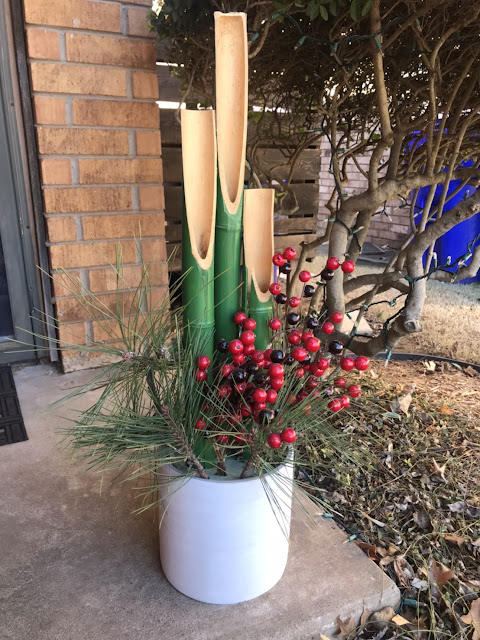

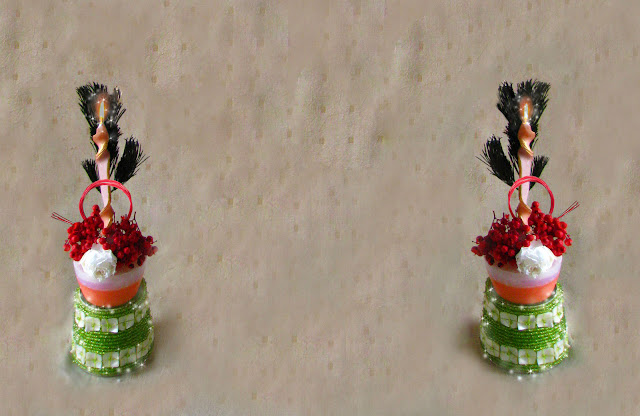
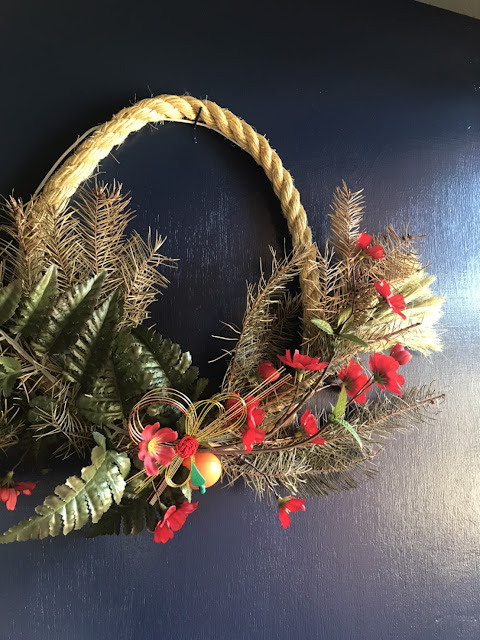
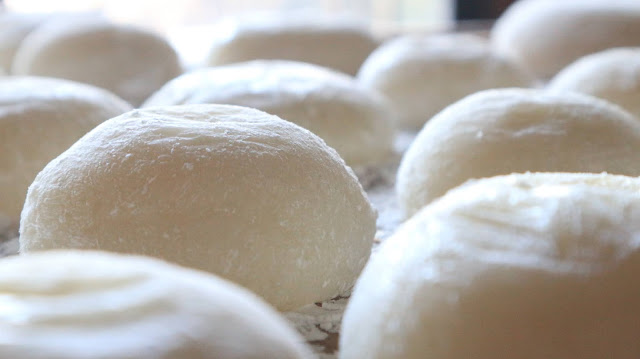
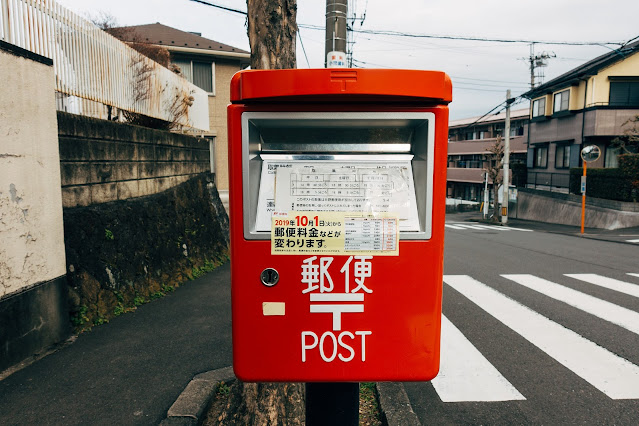
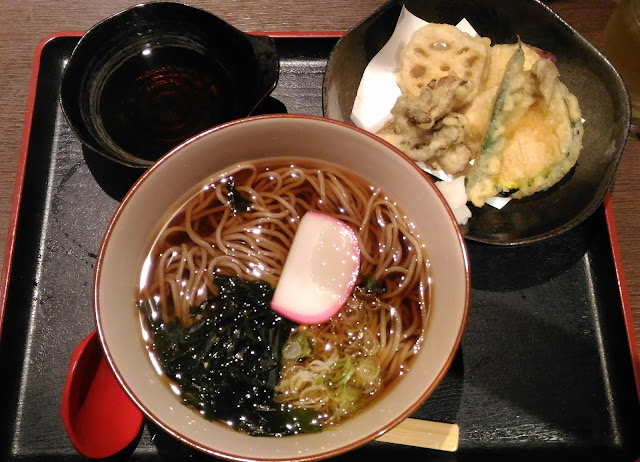
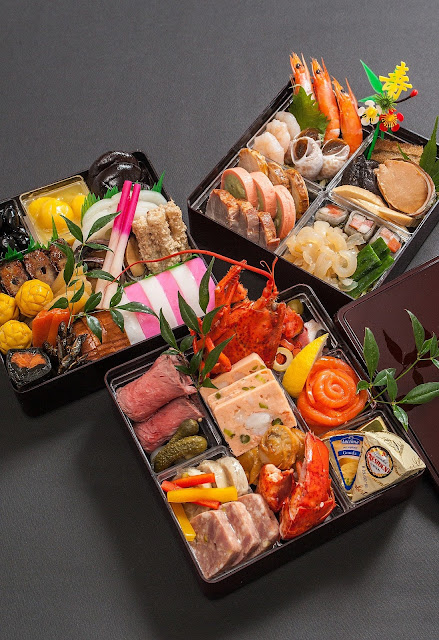

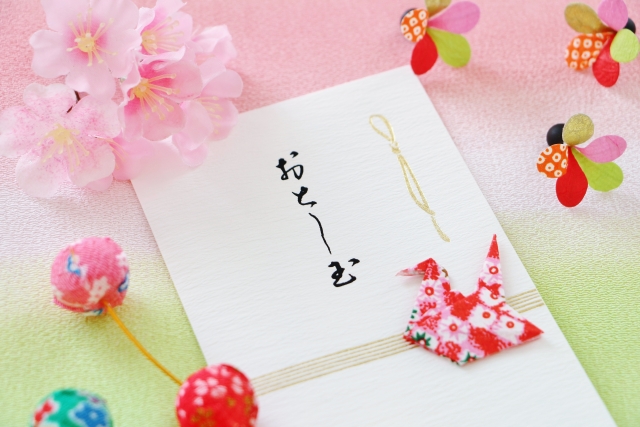
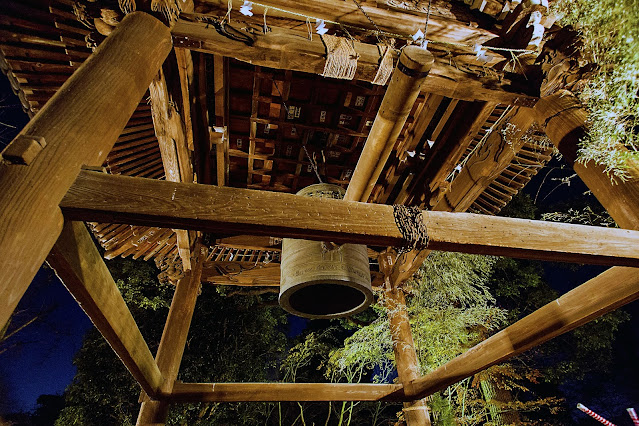



Again you researched so well and made a full use of your writing genius!
ReplyDeleteありがとう!今回すごい頑張った。本当に奥が深い!!
Delete